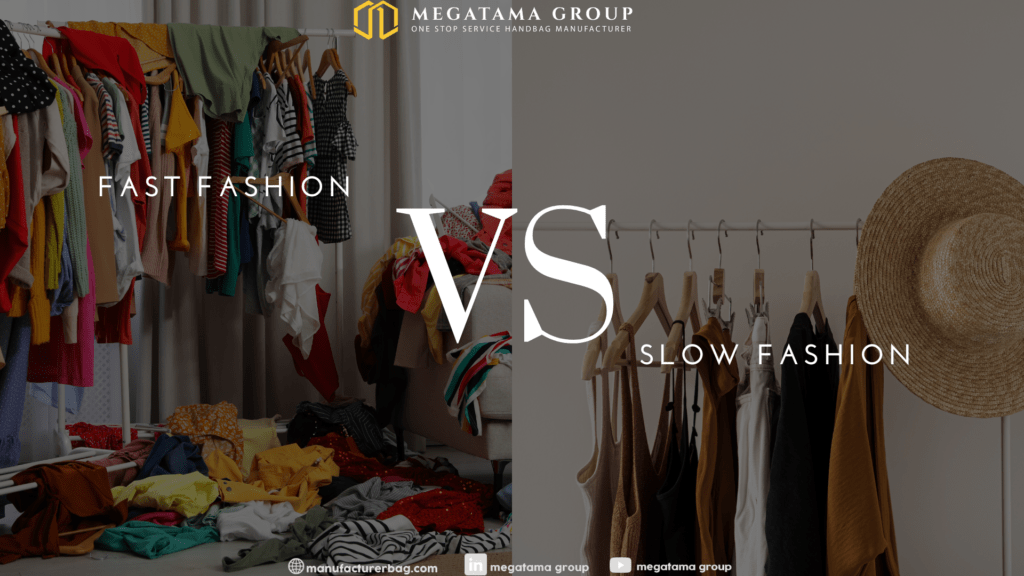
In fact, fast fashion has pushed the industry to an unprecedented state. A defined process by designing, producing and selling garments in high volume and as quickly as possible. This allows clothes to go from sketches to in-store sales in a matter of weeks to days. Whereas production of regular clothes takes months.
Definition of fast fashion
In the grand scheme of things, fast fashion is a more recent phenomenon because throughout history humans have picked up and sewn their own clothes. The fashion of mass production began with advances in textile machinery and the debut of ready-to-wear clothing during the Industrial Revolution. Now, almost anyone can easily buy fast fashion from popular retailers like Forever21, Zara, and Abercrombie and Fitch.
Fast fashion also causes controversy because of its enormous social and environmental impact. Often requires brands to produce their clothes cheaply, and as such, they often exploit labor to achieve low prices with positive profit margins. Fast fashion also contributes 10% of the planet’s greenhouse gases and 20% of its wastewater according to the World Bank. Moreover, the combination of rapidly changing trends along with low quality and low prices feeds consumer sentiment about disposable garment products. This at the end will end up in a landfill.
However, in recent years, the slow fashion movement has emerged as a counter-response to the harmful effects of fast fashion and attempts to change customer-buyer relationships by buying clothes.
What is Slow Mode?
Slow fashion is a concept that emerged from the sustainable fashion movement. This encourages consumers to take new goods seriously. When it comes to designing and producing apparel, this encourages fashion brands to focus on quality and longevity over speed and volume through procurement strategies such as small batch garment production. Clothing made in slow fashion will usually cost more. This is because the way they are manufactured ensures a lower environmental impact and more ethical working conditions than those produced through fast fashion production practices. Ultimately, slow fashion calls for industry and individual designer brands to encourage slower consumption through slower production.
Is Starting a Slow Fashion Line Profitable?
This question may arise in your mind if you have fashion brands on a large or small scale. It can be scary to start this kind of business when mainstream fast fashion brands are performing so well. One of the biggest draws of big fast fashion brands like H&M and Shein is the low prices. While Kotn, one of the more affordable and sustainable brands, sells shirts for $40, H&M sells basic shirts for $6.
Research has shown a valid disconnect between what people want from their clothing brands and what they are willing to pay for their products. A report surveying 2,000 consumers from the UK and US found that 52% of consumers want environmentally responsible practices, but only 37% are willing to pay a premium.
Current condition
However, finding that more than a third of customers are willing to do this has proven good news for the slow fashion movement as it indicates an increasing willingness to pay for goods that match consumer value. The 2021 Global Sustainability Study finds that 39% of Gen Z and 42% of Millennials are willing to pay more for a more meticulously produced fashion product compared to 31% of Gen X and 26% of Baby Boomers. These figures support a Global News Wire report that the ethical fashion market will grow from 6 billion in 2020 to 10 billion in 2025. Ethical and sustainable fashion is a growing value for customers and the industry as we approach the increasingly drastic consequences of global warming. .
So does the carefully and slowly predicted growth and demand for fashion make it a sustainable strategy for fashion startups? How can a new fashion entrepreneur describe that investing in more expensive but more sustainable goods is worth it?
No need to worry. Several slow fashion brands are already growing rapidly in this market. And you can too if you follow the 3 steps that we have summarized in the next article!
